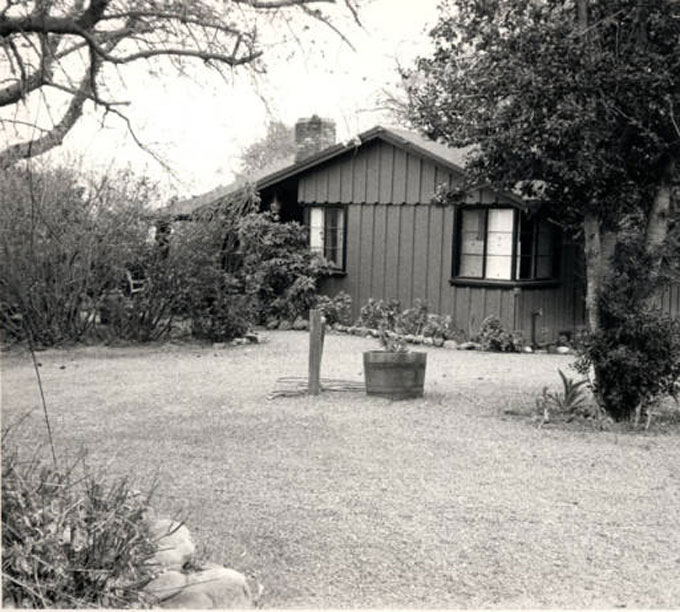Purple sofas, 4,000 square feet, and an elevated view of midtown may make the New York apartment where John Steinbeck died in 1968 a bargain at $5 million, as asserted in the sale listing for 190 East 72nd Street, but the stark contrast with Steinbeck’s unvarnished view of the world in 1938 will not have escaped thoughtful readers of The Grapes of Wrath. A house is not a home if you’d rather be somewhere else, and Steinbeck preferred the little getaway he and his wife Elaine bought way out on Long Island because he preferred small towns, small houses, and doing his writing without a distracting view, however elevated. When Elaine Steinbeck died, new owners doubled the space of the apartment and added bedrooms and bathrooms (six of each) but kept the roll-top desk used by Steinbeck and offered as part of the sales pitch. But a sales picture is worth a thousand words. Compare the hard lines and assertive scale of the souped-up, for-sale living room, with its massive, grape-purple sofas and $5-million view, and the solitary appeal of the modest house where Steinbeck wrote The Grapes of Wrath—an unvarnished depiction of the stark contrast, then and now, between people with no home and those who live in glass houses but insist on throwing stones.
Photo of John Steinbeck’s Santa Cruz mountain home courtesy Los Gatos Public Library




Thank you for asserting that the modest, hard-working Steinbeck is far the NYC apartment where he died. Luxury is not conducive to feeling the pulse of the people who suffered through the Great Depression and those who still suffer depredations of race, sex, and class in our increasingly dehumanizing society that seems drawn to fascism though we speak out against it.